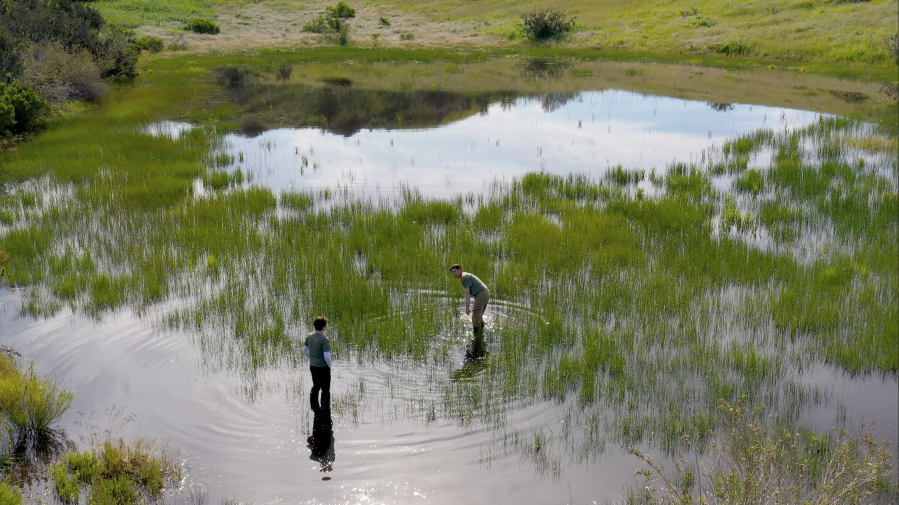
Laura's Line: Summer 2023
Hello everyone, Summer is upon us after a wet, cool Winter and Spring. All the rain we received made for a great wildflower display across the Nature Reserve. I hope you got to see it through one of our many community programs. An adequate amount of rain is vitally important to the health of the Nature Reserve and the species that live in it. Good rain years create the right environmental conditions that allow certain species to breed. For example, the endangered Arroyo Toad and Riverside Fairy Shrimp both need access to water for a few months to complete their breeding cycles. This in turn affords us the opportunity to conduct surveys for these water-dependent conditions.
You might be wondering, “How does the Nature Reserve decide to survey for what species?” The answer is our species monitoring and land management is guided by a document called a Management Action Plan or “MAP” that we prepare every five years. The MAP sets monitoring protocols and priorities for the species that we are required to monitor by U.S. Fish and Wildlife Service. Each MAP is developed in conjunction with a Science Panel made up of experts in the field of conservation biology and approved by the U.S. Fish and Wildlife Service.
Some species are monitored on a specific cycle, once every three years for example, other species like the Riverside and San Diego Fairy Shrimp are monitored when conditions are suitable. In the case of the fairy shrimp this means ponded water for several weeks in the vernal pool that they occur in. See below for a video of Ecologist Paul Galvin of Harmsworth Associates monitoring fairy shrimp this year. Suitable conditions for fairy shrimp monitoring have occurred in 2007, 2008, 2009, 2010, 2011, 2019 and again in 2023. Results this year are consistent with past ponding events and populations of both species are stable.
Watch Video: NURTURE: Vernal Pool



